The Google Nexus 6P Review
by Andrei Frumusanu on December 16, 2015 8:00 AM ESTSoftware UI
In terms of software the 6P is able to sport the latest Android 6.0 Marshmallow, courtesy of course of being a Nexus device. There’s not terribly much to say about the OS that hasn’t been said already by Brandon’s analysis in the review of the Nexus 5X. This is due to the fact that all Nexus devices come equipped with the same software experience, but also due to the fact that Android 6.0 offers very little front-facing changes.
I’ll openly admit that I’m not too much of a fan of the stock Android experience: Over the years Google’s stock Android has always been praised as the “pure” experience and how Android should be. I find this a bit unfortunate as I find there’s a lot of usability flaws in the stock. It’s the simple things that most other OEM skins add that I find the most lacking in stock Android, examples being the lack of an auto-brightness toggle in the quick settings or even having a brightness slider directly available in the notification shade itself which reduces the motions to get to the settings.
My biggest gripe however are the navigation buttons and Google’s lack of an option to reorder them. While I understand the design decision and logic behind having a back button on the left, it makes no sense in terms of usability for the majority of people that are right-handed. The back button is by far Android’s most used navigation button, so I found the Nexus 6P’s larger size to exacerbate the issue as I need to always change grip or stretch my thumb to able to reach it properly. Still having this huge ergonomics issue after this many years is basically inexcusable – the notion that it’s more intuitive to have it on the left is a poor rationale as “unintuitive” use-methods can be learned and taught, but my thumb stopped growing a long time ago and I imagine so did everybody else’s. Virtually all OEMs recognize this issue and either come by default with reversed navigation buttons or by at least offering the option to rearrange them. Here’s hoping that Google listens and adds this as a stock option for future Android releases, similarly how they did for many other past features that were pioneered by third-party vendors.
Ambient display is a great feature that takes advantage of the 6P's AMOLED screen. Every time you pick up the device it will show you a minimalistic greyed out view of your current notifications without having to press any buttons. The detection is a bit finicky and sometimes goes off too easily as I often saw ambient display trigger itself while the device was just laying steadily on my table, and also sometimes when you do want it to go off when you pick up the device it might decide not to. However when it does work it works well, and it also enables you to directly unlock the phone from there. I do wish the display period had been configurable as sometimes where you have a lot of notifications the screen will go back off before you can read all of them.
Other than some of the aforementioned annoyances, the stock Android experience is a good one. In terms of performance, there were some concerns that I’ll reiterate in the PCMark writing sub-test but otherwise the device is fluid as you’d expect it to be. I may be biased when saying this but I just don’t think stock Android is an “exciting” experience or a platform where we see lots of innovation. I’m aware that there are groups who vehemently adhere to Google’s design decisions, but for me personally it just doesn’t do it as it comes with too many daily usability regressions.
NAND Performance
In terms of NAND storage, the Nexus 6P uses a Samsung eMMC module. In fact, this is the same “BGND3R” variant as found in this year’s HTC One M9. For testing I also ran the NAND benchmarks on an unencrypted data partition to be able to analyze Android’s full disk encryption overhead that is now obligatory for all new devices shipping with 6.0 Marshmallow.
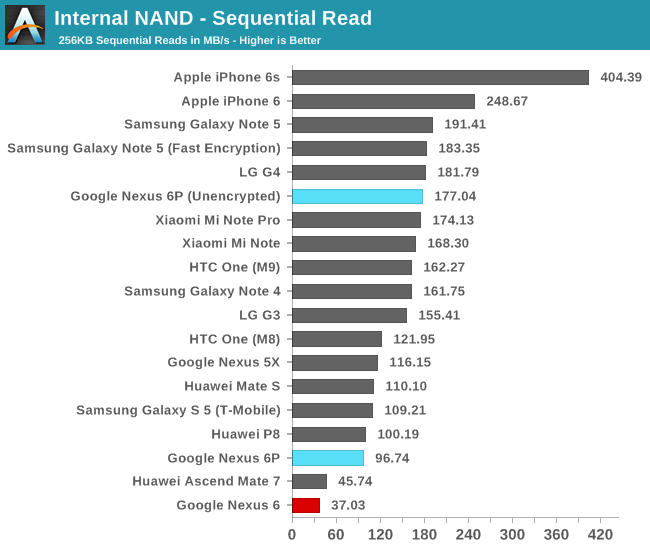
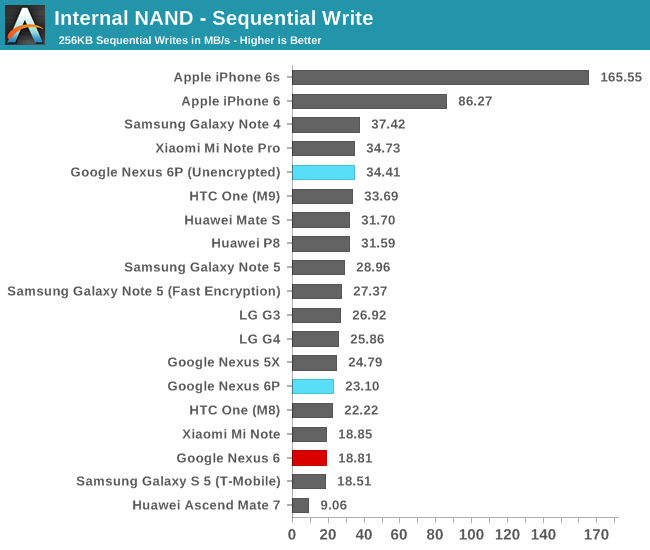
As we can see the unencrypted numbers perform as expected and within range of the HTC One M9’s performance. The encrypted numbers which come as default with the device are the more concerning ones as we see a decrease in read performance of up to 84% and write performance decreases by 43%.
The Nexus 6P uses software decryption, accelerated by ARMv8 cryptography instructions. Google claims that this method is actually faster than using Qualcomm’s Snapdragon built-in SoC dedicated hardware crypto unit, which points out to a possible severe lack of performance and readiness on the part Qualcomm's SoC. We were curious to determine if this was solely an issue for Qualcomm and re-did some encrypted and unencrypted runs on the Note 5 and found that the overhead of encryption on that platform is very minimal, pointing out to that the degradation seems to be limited to Qualcomm's SoCs. It would be interesting to see if the Snapdragon 820 will be able to offer improvements in this regard.
In the end, the Nexus 6P’s out-of-the-box performance on the encrypted data partition seems very lackluster and it may affect application speed. One has to remember that it’s only the data partition that is encrypted, as we see no degradation on the internal or system partitions as they remain unencrypted.
WiFi Performance
The Nexus 6P comes naturally with 802.11ac WiFi in 2x2 MIMO configuration, all powered by Broadcomm's BCM4358 WiFi SoC. This is the same chipset found in other devices such as the Galaxy S6, so hopefully performance will be similar.
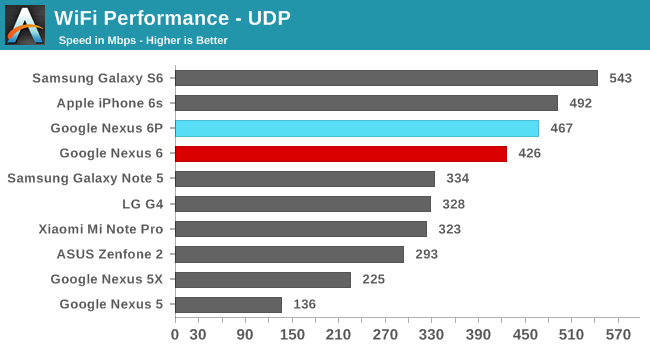
And indeed we see excellent WiFi performance from the 6P as we reach up to an average of 467Mbps, up there among one of the fastest WiFi implementations in today's smartphones.


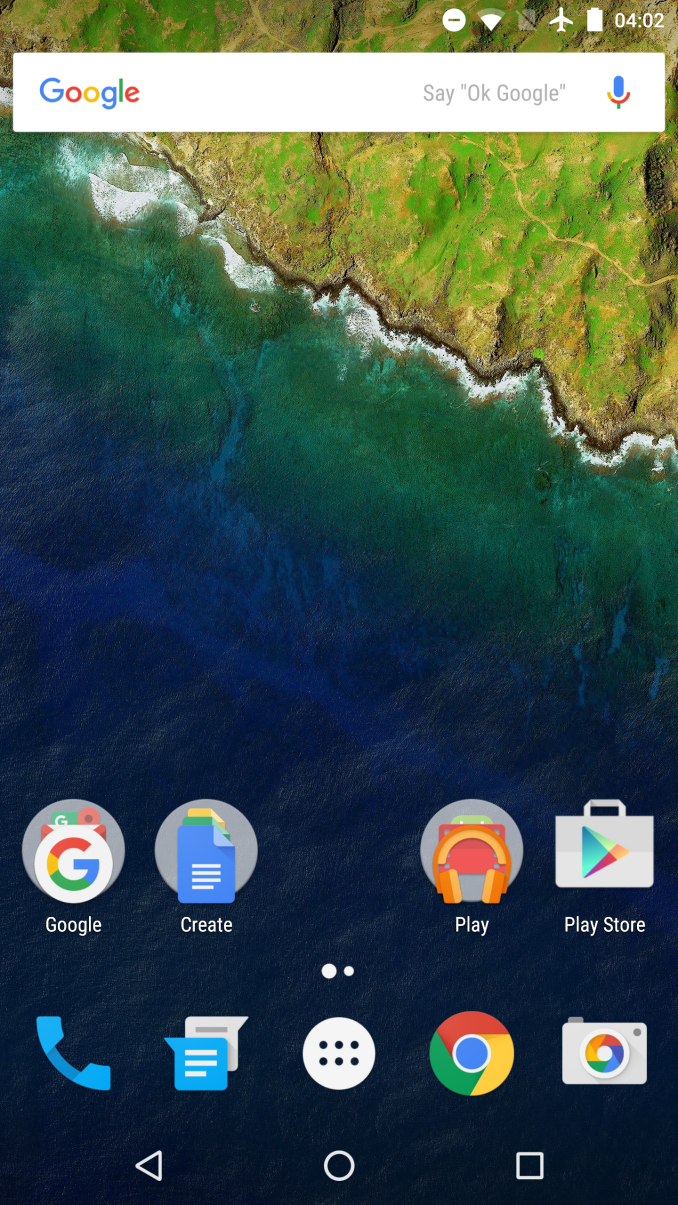
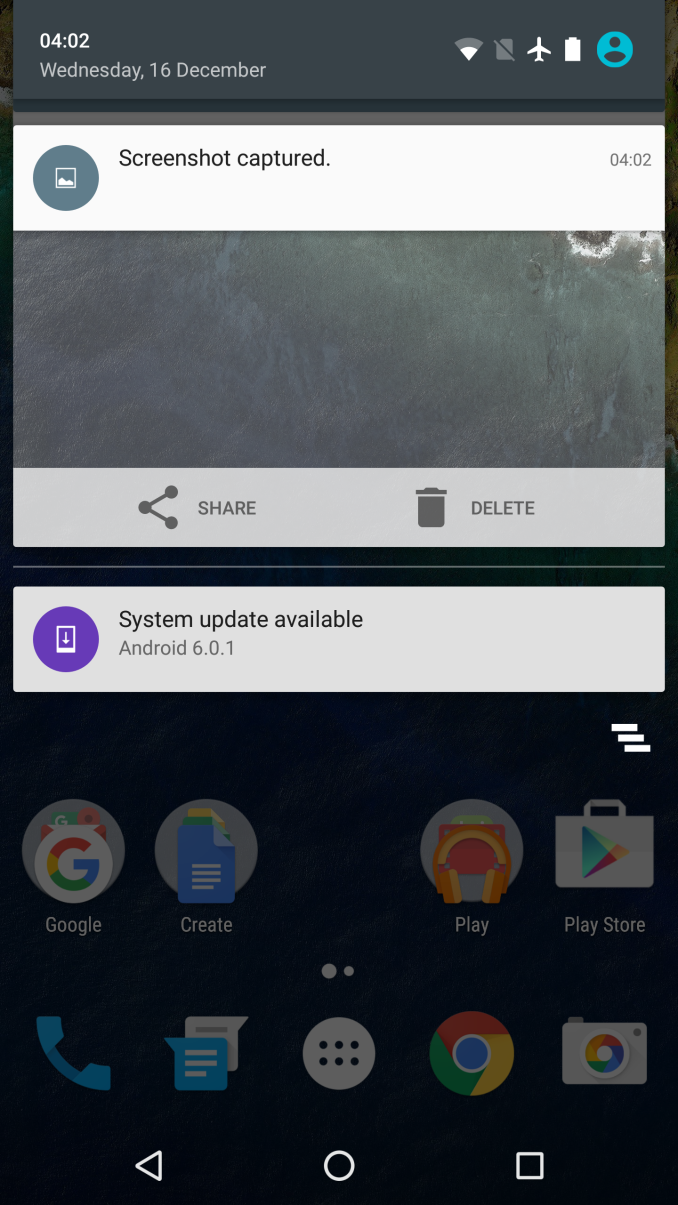
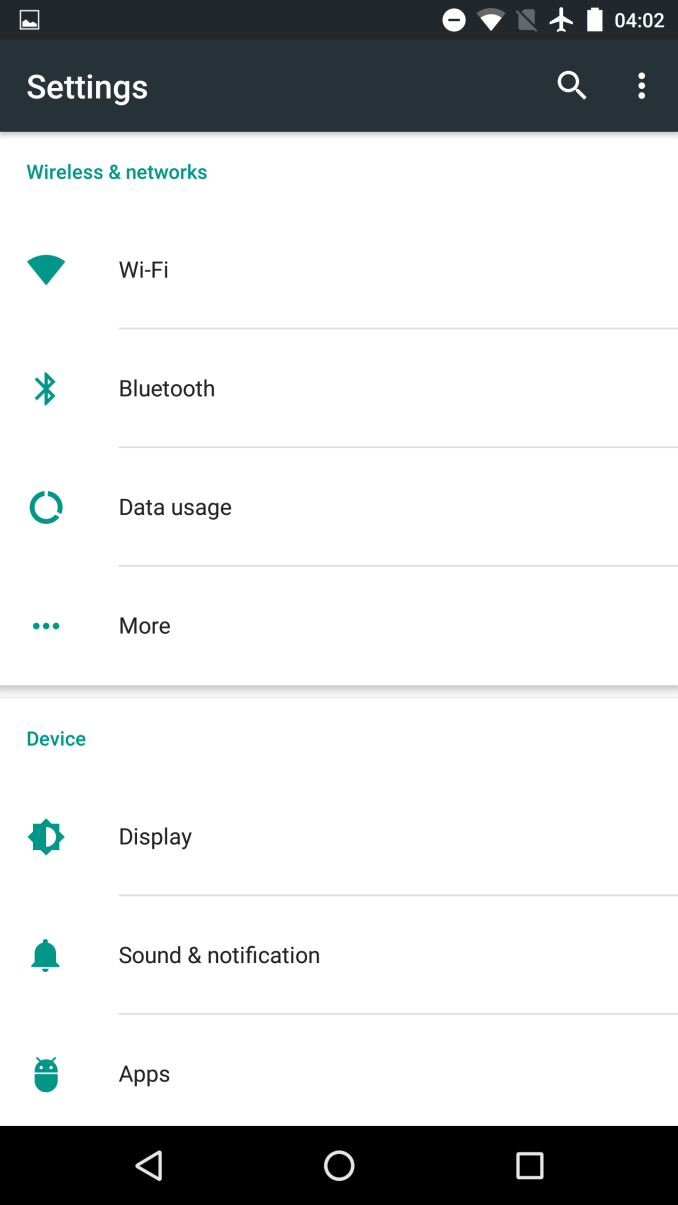









219 Comments
View All Comments
TheinsanegamerN - Monday, December 21, 2015 - link
Because, as we all know, a 1440p or 4k screen is required to make aphone usable. there is NO WAY a 1080p screen will be enough for a 5.5" device. Also, I can see atoms at the molecular level.even the 6s at 768p or whatever it is looks just fine. the colors look great, the screen is bright, and a higher rez screen would have destroyed battery life.
tacomonstrous - Wednesday, December 16, 2015 - link
Regarding ergonomics, it is disingenuous for the reviewer to assume that an arrangement he personally finds inconvenient is so for everybody. I have small hands and for me it's much easier to reach the back button on the left than the recents on the right. Most of the time my thumb is hovering right above the back button, while I have to shift my grip to reach the recents button. And I'm right handed in my phone use.zeeBomb - Wednesday, December 16, 2015 - link
Damn it. It always have to be when anandtech have to drop a surprise review like that...aijazz - Friday, December 18, 2015 - link
same here, i was about to order my nexus 6p the same day this review came ! and now am scratching my head !!maskofwraith - Wednesday, December 16, 2015 - link
i like how they exclude iphone from camera comparisons.V900 - Wednesday, December 16, 2015 - link
Sorry to burst your bubble there, but the exclusion isn't because the iPhone has a worse camera, but for readability's sake.Besides, everybody already knows that the camera in the iPhone 6/6s is among the best on the market.
Look up the iPhone 6s review, where Anandtech point out how all the flagship phones have amazing cameras these days.
Samsung Galaxy 6/iPhone 6s/LG4 and now Nexus 5X/6P are roughly speaking equal in terms of quality. The Android phones occasionally have a small edge in certain situations like low light shots, and the iPhone takes the lead in terms of speed and post-processing.
twizzlebizzle22 - Wednesday, December 16, 2015 - link
My androbench scores are pulled in much higher results.Fancy telling me some of the settings to replicate the result?
SirCanealot - Wednesday, December 16, 2015 - link
Another fantastic review, Andrei! As usual, you made reading technical details fun, informative and easy. Thanks for your hard work! :)SHartman1976 - Wednesday, December 16, 2015 - link
I generally enjoyed the review, but there were a couple of really odd parts. First off, claiming that the position of the volume and power buttons was "unusual" is odd, since it was used on the Nexus 6 and the entire Moto X family, so it's hardly unusual at this point for Nexus and Nexus-like phones. The lowered position on the side is also similar to last years Nexus 6, and is intended to facilitate reaching them on such a large phone. I'm not saying that's good or bad, but it's hardly surprising at this point.I was also surprised by his critique of the stock Android navigation buttons as it read to me like something more than personal preference. In particular referencing thumb-length makes it read as if this is an objective problem, when it simply reflects preferences in device handling. I'm a right-handed user with average length thumbs, and when using the larger Nexus 6 I either hold the phone in my left hand while interacting with the right (2 handed use) and have no issue reaching anywhere on the screen, or I use it one-handed in my left hand, putting the phone in the crux of my fingers and operating it with my left thumb, which puts the back button in the best possible location (right next to my thumb!). Of course personal grip and use preferences vary, but the review reads as if this is an actual flaw, rather than a capricious bit of personal use habit.
Finally, in the photo section it's unclear to me whether the reviewer realized that exposure is set by tapping on the part of the image you want to expose for (e.g. a house or grass rather than the sky). Since this is also how focus is set it's almost unavoidable indoors, but if you don't bother in an outdoor shot because focus is effectively infinite then you are not telling the phone what to expose for, which naturally can result in an exposure different than intended. Was that done and the phone still was unable to properly expose the scene? That would truly be a problem, but it's not clear from the review whether that was done, and as a prospective buyer I'd really want to know (I'd also want to know so as to reconcile this report with other reviews of the camera, which don't describe this issue).
Don't get me wrong, there were many edifying parts in the review, in particular the excellent work on screen efficiency. But a couple portions left me wanting either more data, or a better separation between opinion and objective critique.
nico_mach - Wednesday, December 16, 2015 - link
Yes, I agree. I switched from iphone and I thought the buttons while different were completely intuitive, very little adjustment time. But I've never used a Samsung and the reviewer is clearly using that as a reference point, which is reasonable I guess.